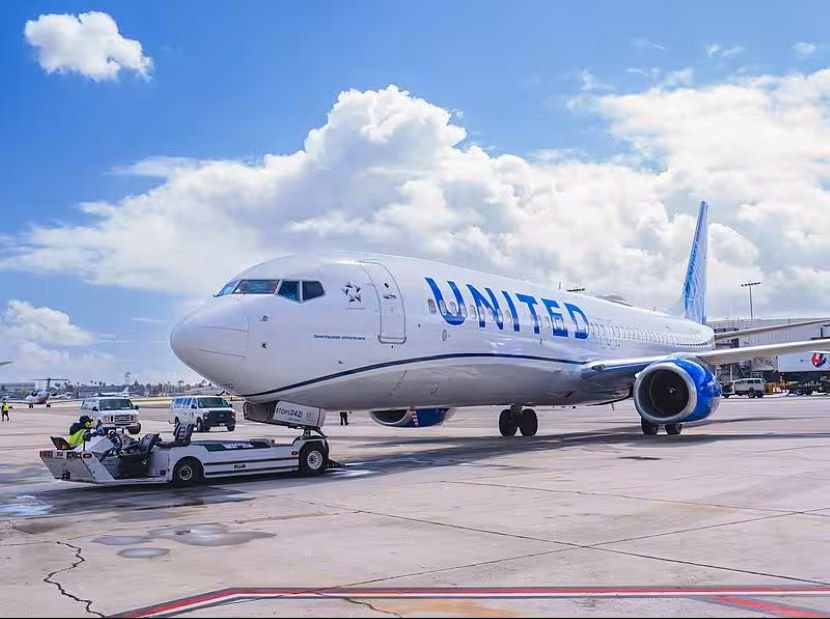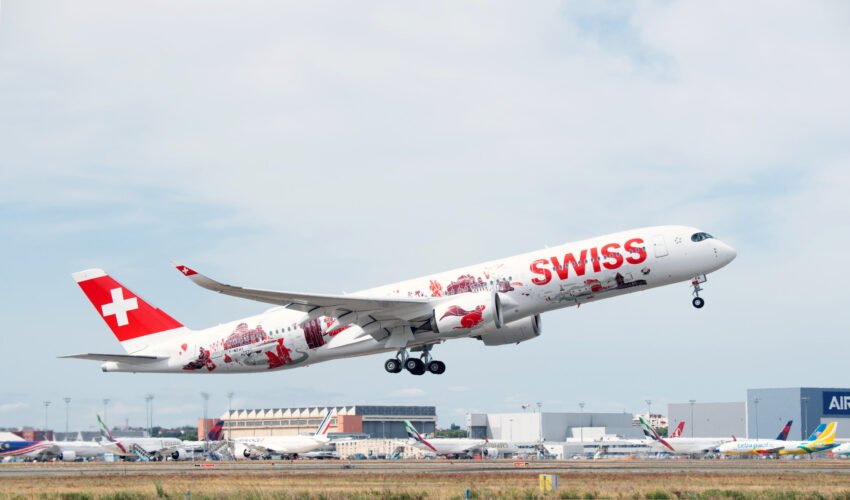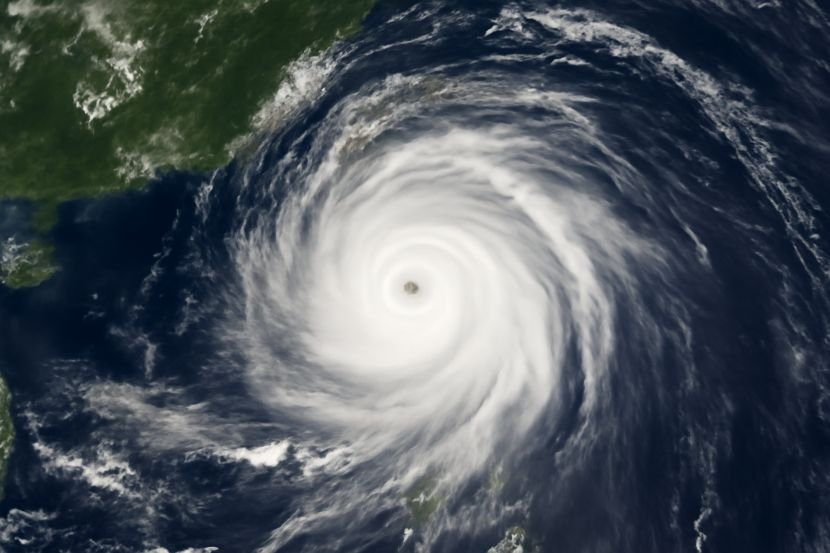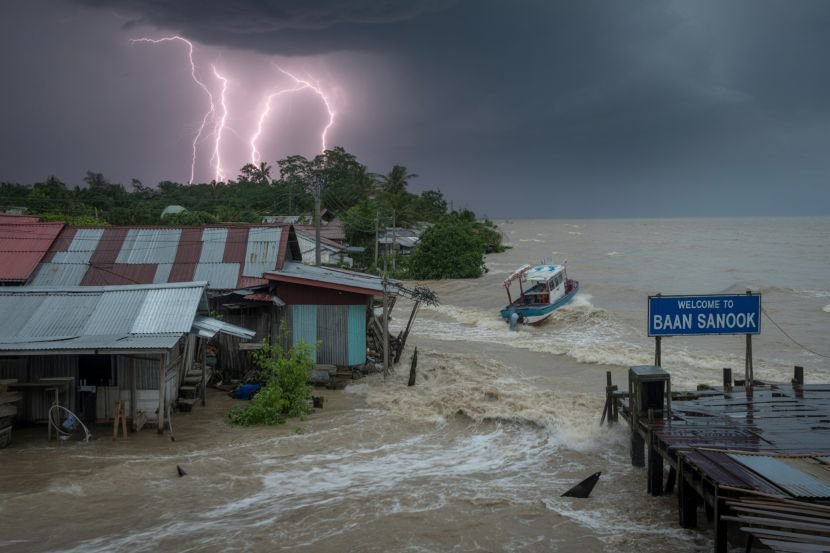Published on
September 23, 2025

Super Typhoon Ragasa is currently barreling toward Hong Kong, causing widespread disruptions to travel across Southeast Asia. The typhoon, which is being described as one of the strongest storms of the year, has forced Hong Kong International Airport to suspend all passenger flights for 36 hours, leaving travelers stranded and uncertain of their next steps. With Qantas and other airlines halting their flights, hundreds of travelers are facing the difficult situation of having their trips disrupted due to this powerful storm.
Hong Kong Airport Closure: A 36-Hour Pause on All Flights
As Super Typhoon Ragasa heads towards Hong Kong, Hong Kong International Airport has been forced to close its doors to passenger flights from 10 PM AEST on September 23, 2025 until 6 PM AEST on September 25. This unprecedented closure is one of the longest in recent memory and has left many travelers to and from Hong Kong in a state of limbo. Qantas, which has been directly impacted by the closure, announced that it had no choice but to pause all flights to Hong Kong as the storm approaches, signaling a widespread disruption to air travel.
The decision to close the airport was made in response to the rapidly intensifying typhoon, which is expected to bring gale-force winds and heavy rainfall to the region. The Hong Kong Observatory issued warnings about the worsening weather conditions, predicting that the storm’s extensive circulation would result in deteriorating local weather later in the day. Authorities have also warned that the storm could cause a rise in water levels, potentially flooding coastal areasof Hong Kong.
The Growing Impact of Super Typhoon Ragasa
Super Typhoon Ragasa, classified as one of the strongest storms of 2025, has already impacted neighboring regions, including the Philippines and Taiwan. In the Philippines, the storm’s outer bands caused power outages, landslides, and dangerous seas. The typhoon has also forced the Philippine authorities to cancel more than a dozen domestic flights, particularly those flying to Luzon, and halt ferry services at various ports. These disruptions highlight the severity of the storm’s impact, affecting travel and transportation across multiple countries.
As the storm continues its path, Hong Kong is preparing for one of its strongest typhoons in years. Gale-force winds and storm-force winds are expected to hit the densely populated city, with winds reaching hurricane force offshore and in high ground areas. The region’s infrastructure and residents are bracing for significant disruption, with experts warning of the potential for widespread damage and the need for emergency services to handle the aftermath.
A Shift in Travel Plans: Airlines Respond to Typhoon Disruptions
Airlines operating in and out of Hong Kong have been working tirelessly to respond to the evolving situation. Cathay Pacific Airways, the largest airline in Hong Kong, has been closely monitoring the storm and the impact it may have on its operations. The airline, like Qantas, has made necessary adjustments to its flight schedules to ensure the safety of its passengers and crew.
As Hong Kong International Airport remains closed, airlines are reaching out to passengers who are directly affected by the typhoon-related flight cancellations. Qantas assured its customers that it would be directly contacting them using the contact information provided in their bookings to reschedule flights or make alternative travel arrangements. Travelers are being advised to stay updated on real-time flight statuses through the airline’s Flight Status page and remain in contact with their airline for the latest developments.
The Broader Impact of Super Typhoon Ragasa on Travel in Southeast Asia
While the closure of Hong Kong International Airport is causing the most immediate disruption, the Southeast Asiaregion as a whole is facing major travel disturbances due to Super Typhoon Ragasa. The storm’s path has already affected nearby countries, and its continued movement towards southern China and Hong Kong will likely cause further disruption.
With severe weather warnings in effect, local authorities are urging residents to take precautionary measures and remain indoors during the worst of the storm. In Hong Kong, a city that is often directly affected by typhoons, preparations are underway to minimize damage to infrastructure and ensure the safety of the public. Evacuations in vulnerable areas have already been implemented in anticipation of storm surges and flooding in the coming days.
Preparing for the Worst: Travel Disruptions and Safety Guidelines
Travelers who are planning to travel to or from Hong Kong and the surrounding regions should prepare for potential delays and cancellations. It is recommended that passengers closely monitor their flight statuses and stay in touch with their airline for the most up-to-date information. In addition, travelers should familiarize themselves with the storm safety guidelines issued by local authorities to ensure their safety in case the typhoon causes significant damage to transport and infrastructure.
For those already in the region, it is advised to follow local advisories and avoid unnecessary travel. Authorities are also urging people to take shelter indoors and stay away from coastal areas during the storm’s impact. The Hong Kong Observatory and local authorities will continue to provide updates on the evolving situation, and travelers are encouraged to follow their guidance.
Looking Ahead: Restoring Normalcy After Super Typhoon Ragasa
Once Super Typhoon Ragasa passes, authorities will begin the process of restoring normal operations at Hong Kong International Airport and other affected areas. While flight schedules may take some time to stabilize, airlines are expected to gradually resume services as soon as it is safe to do so. The focus will shift to managing the aftermath of the storm, including clearing debris, restoring power, and ensuring the safety of residents and travelers.
It is likely that travel disruptions will continue for a period of time following the storm’s passage, but the aviation and transport sectors are well-equipped to handle the recovery efforts and mitigate the impact on passengers.
Conclusion: A Resilient Region in the Face of Typhoon Disruptions
As Super Typhoon Ragasa approaches Hong Kong and the wider region, it serves as a reminder of the vulnerability of global air travel to extreme weather events. While the airport closure and flight cancellations are causing immediate disruption, the focus remains on ensuring the safety and well-being of travelers and local communities.
With authorities and airlines working together to mitigate the impacts and restore normal operations, travelers are encouraged to stay informed and exercise patience as the region deals with one of its most powerful storms in recent years. In the aftermath of this event, Hong Kong and other affected regions will undoubtedly focus on strengthening their disaster preparedness and improving the resilience of their transportation networks to ensure that future disruptions are minimized.









